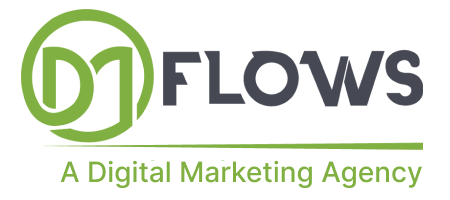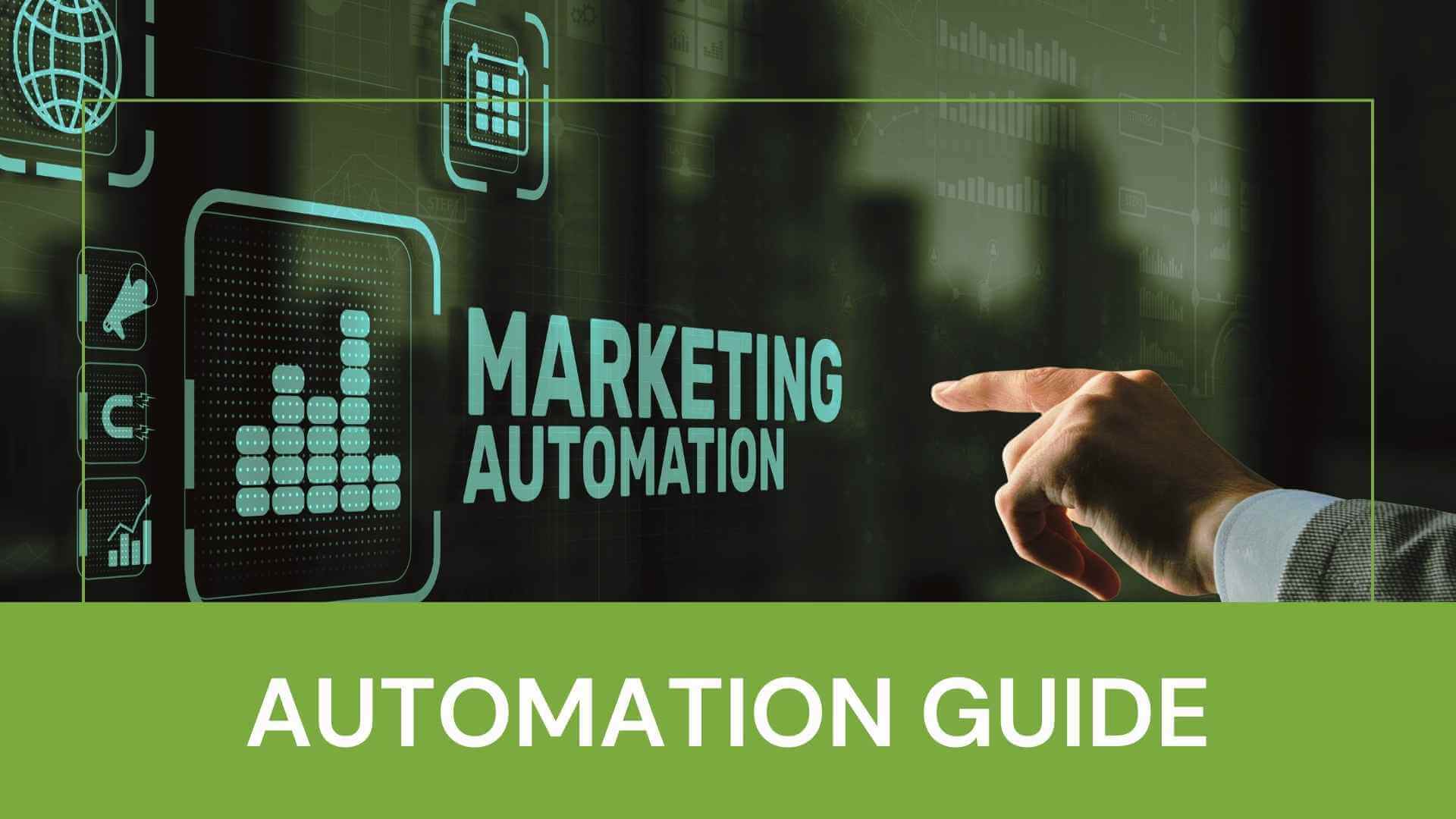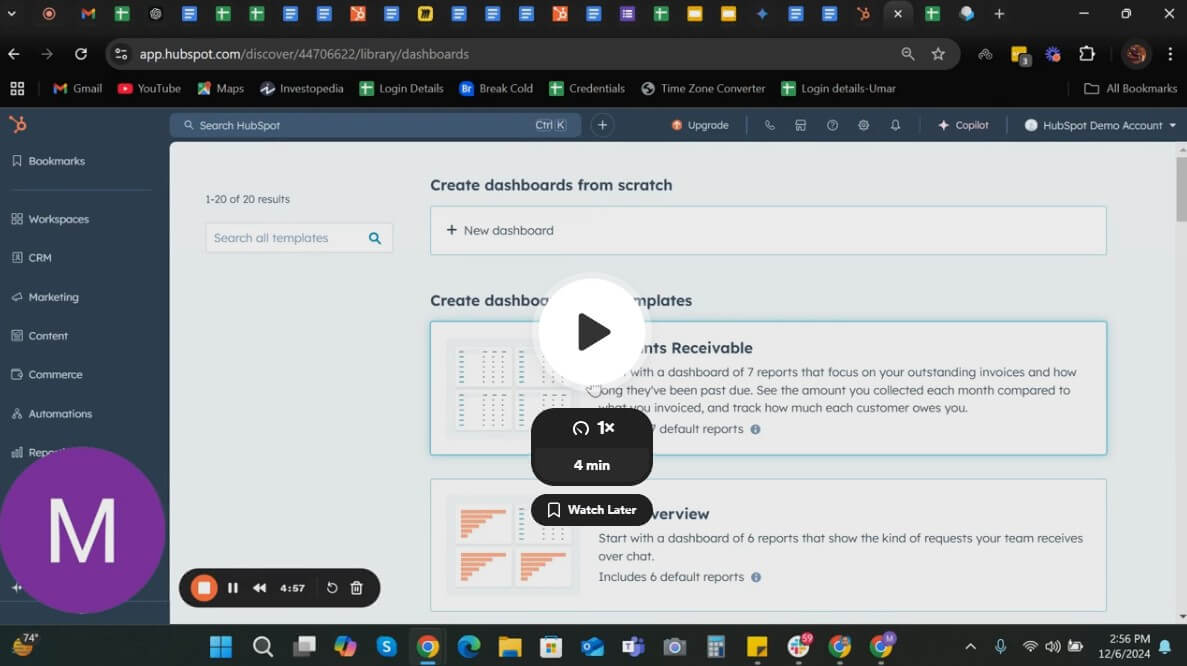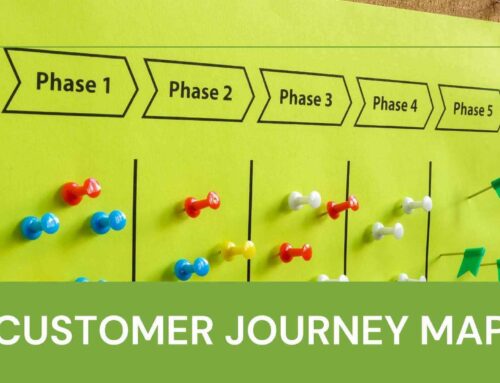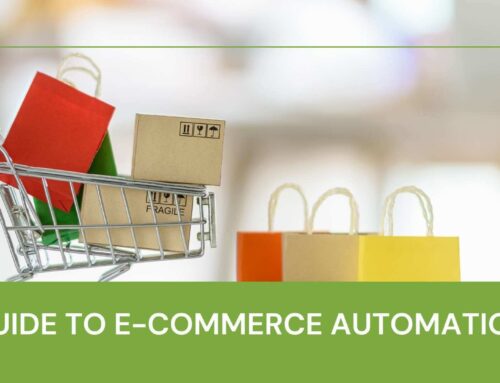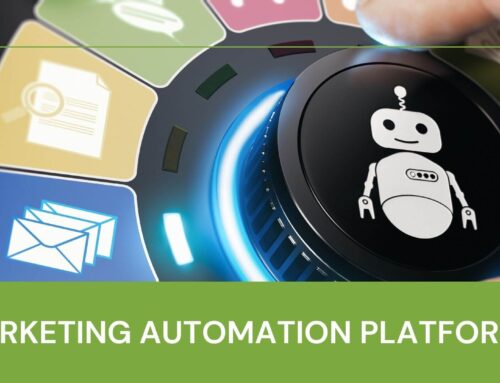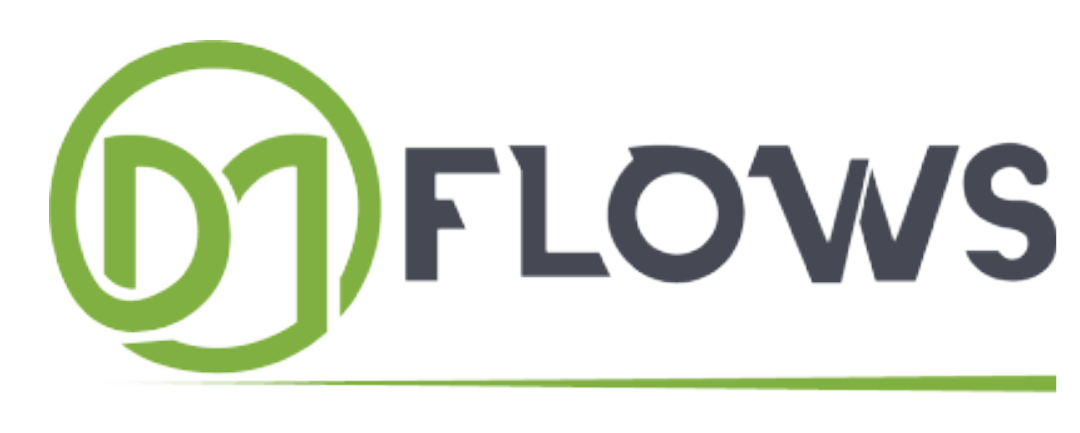What is Marketing Automation?
In simple terms, marketing automation refers to using software and technology to automate repetitive marketing tasks. This can include anything from email campaigns and social media posts to customer segmentation and lead nurturing.
The goal is to make marketing processes more efficient and effective, allowing you to focus on strategy and creativity.
What does marketing automation do?
Think of marketing automation as having a virtual assistant that takes care of the routine tasks, freeing up your time to work on bigger picture projects. It’s like having a smart system that knows when and how to engage with your audience.
For example, Imagine you run an online store. When a customer signs up for your newsletter, marketing automation software can automatically send a welcome email. A few days later, it might send a follow-up email with a special offer. If the customer makes a purchase, the system can then send a thank-you email and suggest related products. All of this happens without you lifting a finger!

But marketing automation isn’t just about emails. It can also help with social media scheduling, ad targeting, and even tracking customer behavior on your website.
For instance, you can use marketing automation tools to schedule your social media posts in advance. This ensures that your content goes out at the optimal times, even if you’re busy with other tasks. You can also set up automated ad campaigns that target specific audiences based on their interests and behaviors, making your ads more relevant and effective.
How Marketing Automation Works?
Marketing automation operates through a combination of data collection, segmentation, and workflow execution, enabling businesses to create highly personalized and efficient marketing campaigns. At its core, it leverages customer data and predefined rules to automate repetitive tasks, such as sending emails, updating customer records, or scheduling social media posts. Here’s a closer look at the key processes involved.
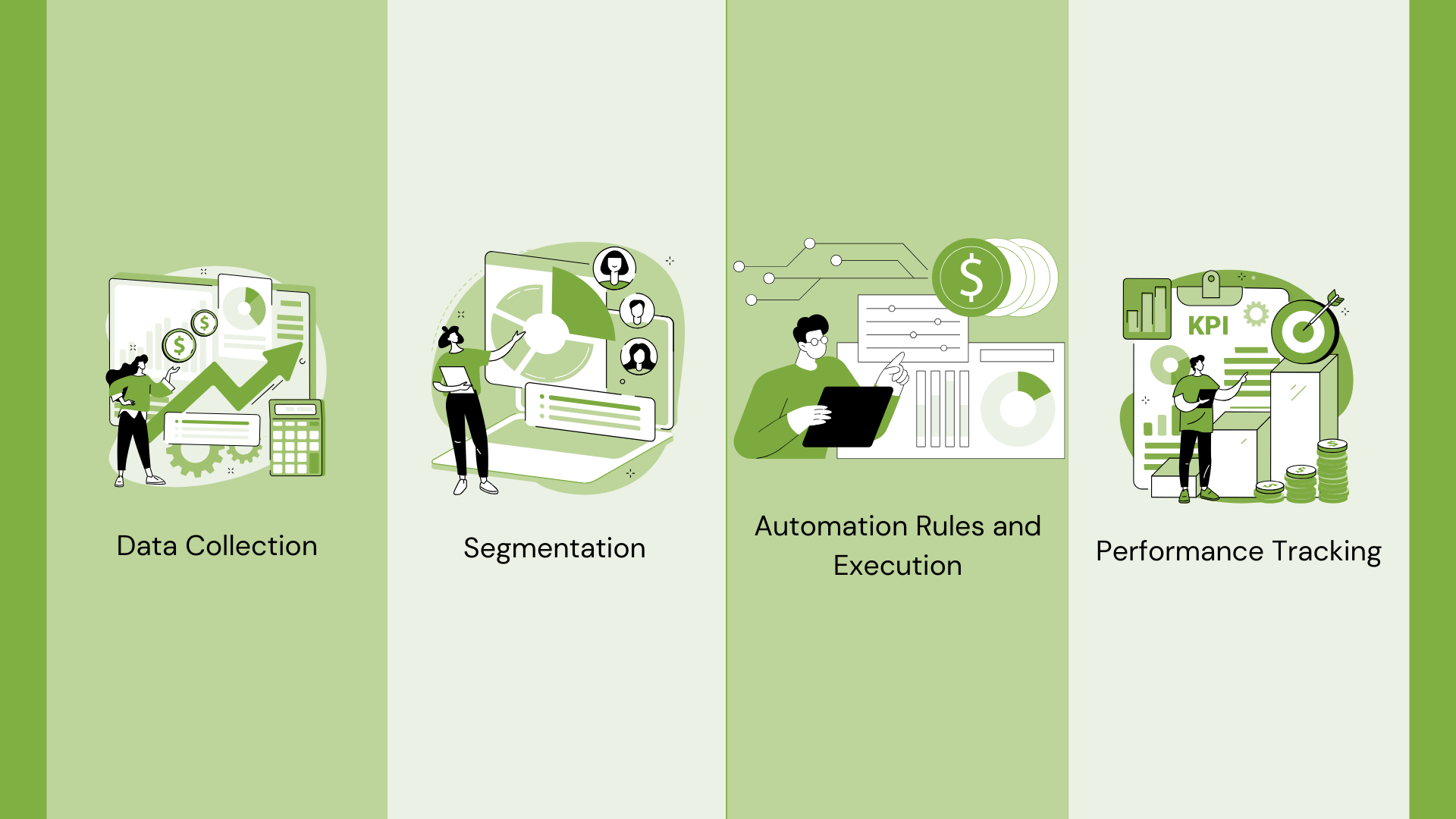
Data Collection
Marketing automation platform starts with gathering information about your audience. This data can come from various sources, including website interactions, email subscriptions, and CRM systems. For instance, when a visitor fills out a form to download a resource, their information—such as name, email address, and preferences—is captured and stored in the system. This creates a centralized database of actionable insights.
Segmentation
Once the data is collected, the platform moves to segmentation, grouping your audience based on shared characteristics or behaviors. Segmentation might involve sorting customers by demographics, purchase history, or engagement levels. For example, frequent buyers can be placed in one segment for loyalty rewards, while new leads might be targeted with introductory content. This ensures your messaging is both relevant and effective.
Automation Rules and Execution
With data and segments in place, the system employs automation rules and workflows to execute tasks. These workflows are a series of predetermined actions triggered by specific events. For example, if a customer abandons their shopping cart, the platform can automatically send a reminder email with a discount code. Similarly, signing up for a webinar could trigger a sequence of follow-up emails containing additional resources or event details.
Performance Tracking
Finally, marketing automation includes performance tracking and analytics. Every action taken by the platform is monitored and measured, providing insights into how campaigns are performing. Metrics such as email open rates, click-through rates, and conversion rates help marketers refine their strategies and improve future campaigns. This feedback loop is essential for maintaining efficiency and achieving long-term success.
Marketing automation software
A tool which does everything mentioned above is a marketing automation software. Marketing Automation softwares can be of two types:
general automation platforms
These platforms cater to a wide range of industries and offer extensive features for automating marketing tasks. Examples include:
- HubSpot: HubSpot for email automation, marketing and lead nurturing combines CRM and these features into one intuitive platform.
- Marketo: Known for its robust lead management capabilities and analytics.
- ActiveCampaign: A popular choice for small businesses with features like email marketing, sales automation, and customer segmentation.
Industry-Specific Automation Tool
Some platforms are tailored to specific industries, offering unique features for niche needs. For instance, real estate businesses might use tools like BoomTown, while ecommerce automation often rely on Shopify’s built-in marketing automation features.
Here is a list of Best marketing automation platforms
Creating A Workflow Using HubSpot
Marketing automation and Customer journey
Marketing automation is deeply integrated into every stage of the customer journey, ensuring that prospects and customers receive timely, relevant, and personalized interactions. From the awareness stage to retention, automation enables businesses to craft seamless experiences that guide individuals along their path to conversion and beyond.
In the awareness stage, marketing automation helps attract potential customers by delivering targeted content through ads, social media, or email campaigns. As customers move into the consideration stage, automated workflows provide them with the right information at the right time, such as case studies, product guides, or testimonials.
During the decision stage, automation can send personalized offers or reminders to help convert leads into paying customers. Finally, in the retention stage, automation fosters loyalty by delivering post-purchase emails, customer surveys, or exclusive promotions. This integration ensures consistency and builds trust throughout the customer journey.
How does marketing automation affect your customers?
From the customer’s perspective, marketing automation enhances their experience by providing convenience, relevance, and engagement. One significant benefit is personalization—customers receive communications tailored to their needs and preferences, making them feel valued and understood. For example, a customer interested in fitness equipment might receive emails showcasing workout tips and product recommendations that align with their interests.
Another advantage is the timeliness of communication. With automation, businesses can respond instantly to customer actions, such as sending an order confirmation email or a follow-up message after a webinar. This ensures that customers stay informed and engaged without unnecessary delays.
Additionally, marketing automation creates seamless experiences by integrating touchpoints across various channels. Whether a customer interacts via email, social media, or your website, automation ensures that the messaging is consistent and cohesive. This reduces friction and builds trust, as customers feel they are interacting with a unified brand rather than disparate departments.
Ultimately, marketing automation allows businesses to provide a better overall customer experience while fostering stronger relationships and driving loyalty. By anticipating customer needs and delivering relevant content at every stage, businesses not only enhance satisfaction but also boost their bottom line.
Marketing Automation Implementation Plan
Implementing marketing automation successfully requires a strategic approach that aligns with your business goals and customer needs. It’s not just about adopting a tool; it’s about creating a seamless system that supports your marketing objectives while improving operational efficiency. Here’s a step-by-step guide to crafting an effective marketing automation implementation plan.
Define Your Objectives
The first step is to establish clear goals for your marketing automation efforts. Are you looking to increase lead generation, nurture existing leads, improve customer retention, or streamline your workflows? Defining your objectives ensures that every automation effort is aligned with measurable outcomes. For example, a company aiming to boost e-commerce sales might focus on cart abandonment campaigns, while a B2B organization might prioritize lead nurturing for long sales cycles.
Choose the Right Platform
Selecting the right marketing automation software is crucial. Evaluate platforms based on their features, integrations, ease of use, and scalability. A small business may benefit from an all-in-one solution like HubSpot, while enterprises with complex needs might opt for platforms like Marketo or Salesforce Pardot. Be sure to involve key stakeholders in the decision-making process to ensure the tool aligns with your team’s workflows and technical capabilities.
Map Out Your Customer Journey
Understanding your customer journey is essential to designing effective automation workflows. Identify the key touchpoints where customers interact with your brand, from the initial discovery phase to post-purchase engagement. For each stage, determine what type of content or action would add value. For instance, during the consideration stage, prospects might appreciate educational emails, while loyal customers may benefit from automated loyalty rewards.
Build and Test Workflows
With a clear understanding of your customer journey, start building automation workflows. These might include email sequences, lead scoring systems, or triggers for social media engagement. Begin with simple workflows and gradually incorporate more complex ones as you grow comfortable with the platform. Before launching, test each workflow to ensure it functions as intended. Check for errors in triggers, timing, and content to avoid sending irrelevant or poorly timed communications.
Monitor Performance and Optimize
After launching your automation campaigns, closely monitor their performance using analytics provided by your platform. Track metrics such as open rates, click-through rates, conversions, and overall ROI. Use this data to identify what’s working and what needs improvement. For example, if your email open rates are low, you might need to tweak your subject lines or segment your audience more effectively.
Train Your Team
For marketing automation to be successful, your team must be equipped with the skills and knowledge to use the platform effectively. Conduct training sessions to familiarize them with the tools and workflows, and provide ongoing support as needed. Encourage collaboration between marketing and sales teams to ensure the system supports both departments’ goals.
Scale Gradually
Finally, implement automation incrementally rather than overhauling your entire system at once. Start with high-impact workflows that address your most pressing challenges and expand as you see results. This approach reduces risk, minimizes disruption, and allows you to refine your processes as you grow.
Marketing Automation Best Practices

While marketing automation isn’t a one-size-fits-all solution, it can significantly enhance your engagement strategy with prospects and customers when implemented thoughtfully. To ensure success and maximize the benefits, here are some key best practices to guide your marketing automation efforts:
1. Define and Communicate Clear Goals
Start by identifying what you aim to achieve with marketing automation—whether it’s increasing lead generation, improving conversion rates, or enhancing customer retention. Use specific metrics to justify the investment in a marketing automation platform to your stakeholders. This ensures everyone is aligned and understands the potential ROI.
2. Collaborate Across Teams
Marketing automation impacts multiple teams within your organization, from sales to customer service. Engage these stakeholders early to gather their insights and secure buy-in. Their input will help create a cohesive strategy that benefits the entire business.
3. Map Out Your Workflow with Visuals
Create detailed process maps or diagrams of your automation workflows. Visual representations make it easier for your team to grasp the overall strategy and ensure alignment on objectives. This approach fosters transparency and encourages organization-wide support.
4. Segment Your Database Strategically
Effective segmentation is the backbone of marketing automation. Analyze your customer data to group contacts by shared characteristics or behaviors. Consider who you want to engage, what content will resonate with them, and why it matters.
5. Develop a Robust Content Strategy
Content fuels your marketing automation efforts. Build a library of engaging, relevant materials tailored to each stage of the customer journey. Whether it’s educational blog posts for prospects or loyalty rewards for existing customers, your content should address their needs and preferences.
6. Roll Out Gradually
Avoid rushing into a full-scale launch. Implement your marketing automation strategy in stages, testing and optimizing each component before moving to the next. This approach minimizes risk and allows you to refine your processes for better results.
7. Monitor and Refine Continuously
One of the advantages of automation is the time it frees up for strategic tasks. Use this time to analyze campaign performance, identify areas for improvement, and adapt your strategy. Tracking metrics such as open rates, click-through rates, and conversions will help you fine-tune your workflows and drive better outcomes.
Conclusion
Marketing automation is a game-changer for businesses of all sizes. By streamlining tasks, enhancing personalization, and delivering data-driven insights, it enables marketers to focus on what matters most—building meaningful connections with their audience.
Whether you’re just starting or looking to optimize your existing efforts, following the strategies outlined in this guide will set you on the path to success. Embrace marketing automation, and watch your business grow.
